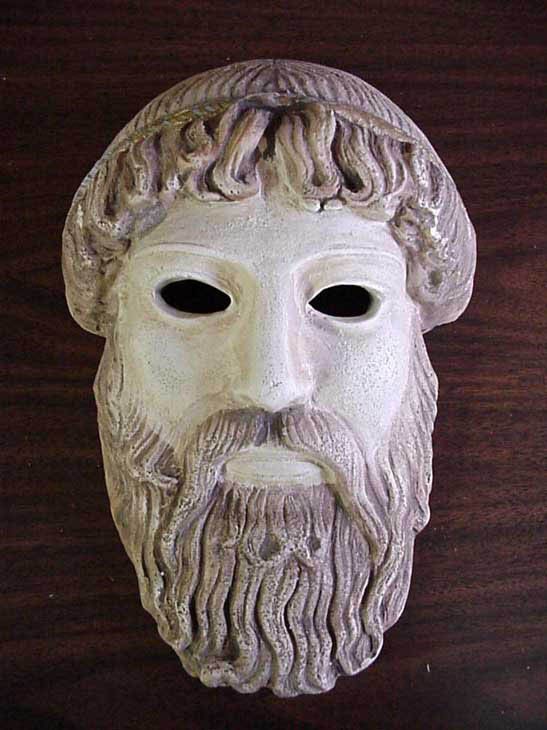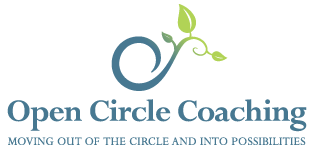Other People’s Faces
June 28th, 2017 by Kelly Kienzle

“Now I become myself
It’s taken time, many years and places.
I have been dissolved and shaken,
Worn other people’s faces….”
That poem by May Sarton, for me, describes how I have often moved through my professional life. I have worked at several companies, across a broad 25-year stretch of time and traveled literally and figuratively to many places. But most of all, I have worn many other people’s faces.
When I (or perhaps, you) wear other people’s faces, I am doing and saying what I believe is expected of me. I am looking and sounding like what I believe I want to become or be known for.
The Ridiculous Example
As an example, I remember a particularly ridiculous editorial I wrote for my college newspaper a few decades ago. It was over-stuffed with fancy words and ridiculously long sentence structure. I don’t even remember my point in the editorial. But I do remember using a thesaurus to find the most impressive synonyms for every noun, verb and adjective in the darn thing.
Why did I do this? Because I was acutely aware that the by-line of this editorial would include my name and my major, “English Major.” And in my mind, an English major knows and uses big, fancy words. I was wearing the face of who I thought an English major ought to be.
Wearing Faces at Work
In my professional life, I have put on countless faces. I have stood in to be the person I thought people wanted me to be: the caring one, the protective one, the wise one. Additionally, I have certainly taken on less admirable faces too, when I thought I was supposed to be the meek one, the silently supportive one, or the relentlessly happy one.
Sometimes these faces were how I truly felt. Yet I want to confess that they were not always wholly how I felt.
Have you worn other people’s faces at work? What faces do you most often adopt? Why do we do hide ourselves like this? And perhaps most importantly, how do we stop?
Putting Down the Faces
Those questions are challenging to answer, but I will address just the final one here: How do we stop?
Well, the good news is that we can simply start recognizing when we are doing or saying something because we feel we ought to. And when we recognize that feeling of ought to, then we can stop and instead do what we authentically feel is gracious and forgiving.
Like very young children who have no sense of the “ought self”, we arrive in this world with a set of characteristics, strengths and values. We come pre-made with this authentic and tailored way of being. This is our true face. It is how you were and I was when we were very small children.
So let us all try to put down the faces we feel we ought to wear. And then our own wholly unique face is what we will finally show.

